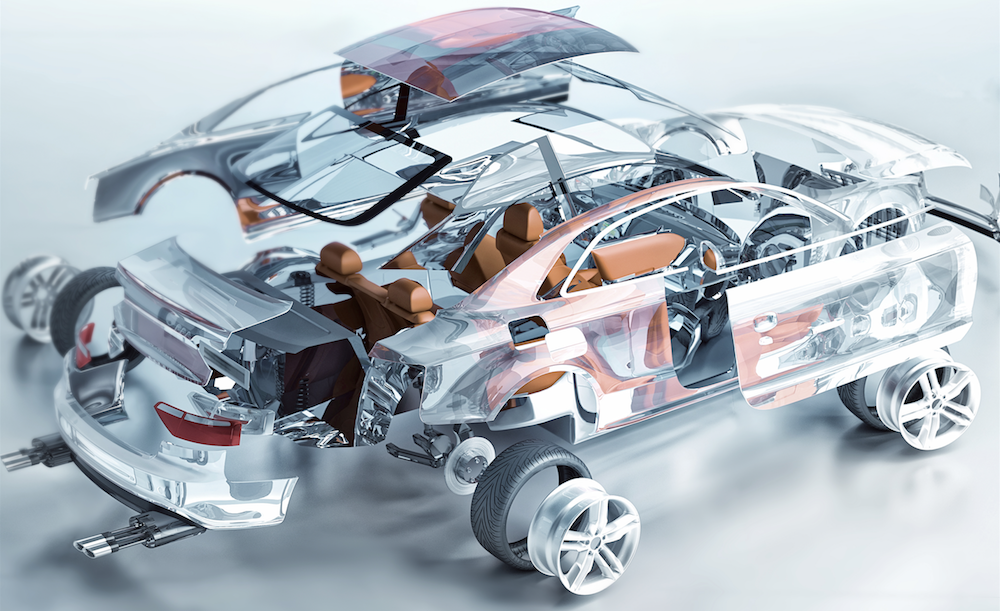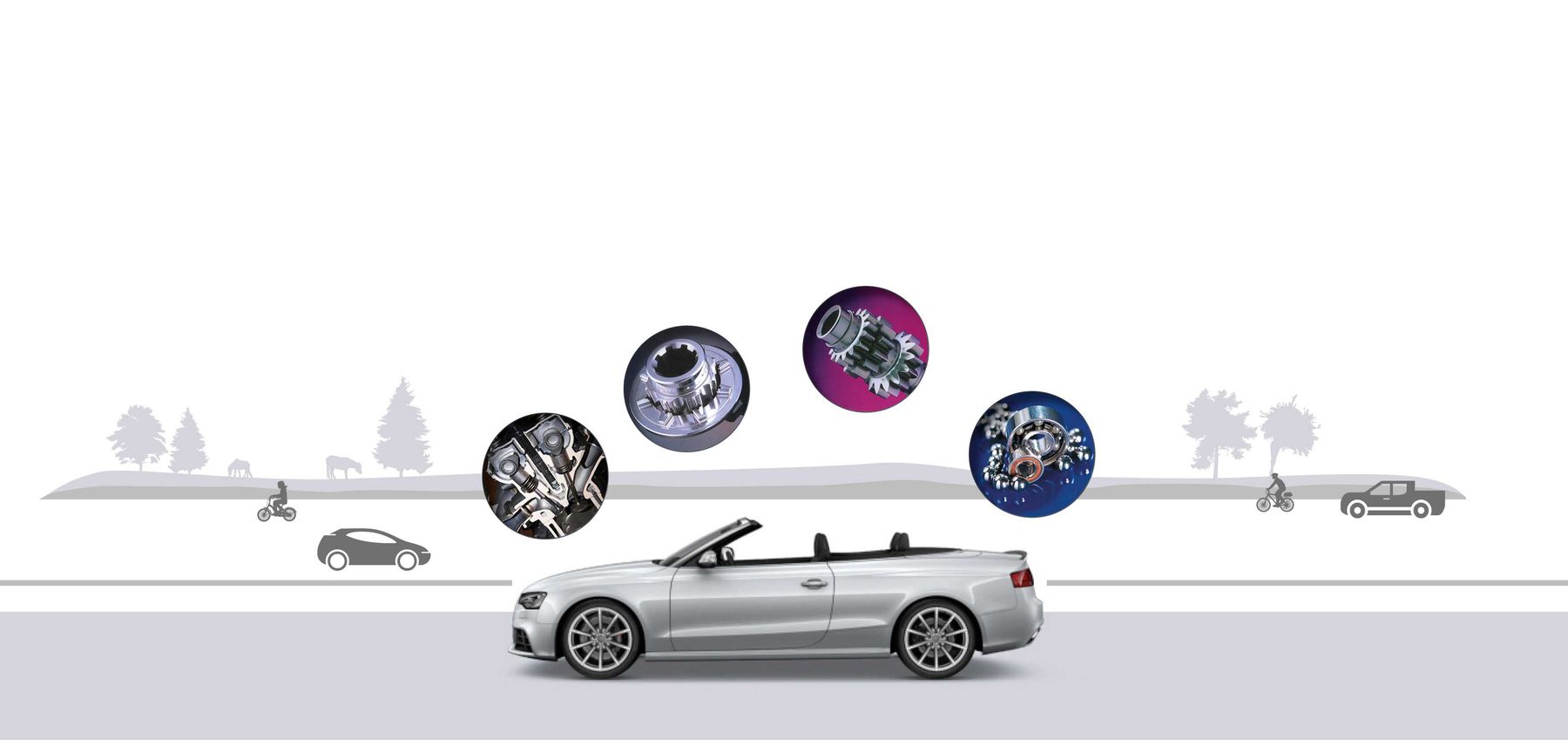
Defensive driving is a set of skills and behaviors that can help drivers anticipate potential hazards on the road and reduce the risk of an accident. Knowing how to identify and respond to different types of road conditions and other drivers’ behavior can go a long way in preventing crashes. While it’s not possible to avoid every potential danger, mastering the basics of online defensive driving texas can help you navigate even the most challenging driving situations with greater confidence.
Identifying Potential Hazards
The first step in defensive driving is identifying potential hazards before they become dangerous. This means being aware of your surroundings at all times while behind the wheel. Pay attention to what other drivers are doing and watch out for traffic signs, pedestrians, cyclists, and animals that may suddenly appear in your path. Be on the lookout for rough roads, slippery surfaces, poor visibility, or any other factors that could affect your ability to drive safely. When encountering these types of roads or conditions, slow down and stay alert – you don’t want to take any chances when it comes to your safety!
Anticipating Other Drivers’ Behavior
Another key element of defensive driving is anticipating other drivers’ behavior. Be aware of those around you so that you can react quickly if necessary. For example, if you see a car ahead making sudden turns or erratic braking, be prepared to adjust your speed accordingly; if someone cuts you off without warning, maintain a safe following distance so that you have plenty of room to brake should they suddenly stop; if another driver appears to be distracted or impaired while behind the wheel, give them plenty of space so they don’t accidentally drift into your lane. Even though it can be tempting to honk at or flash your lights at these drivers when they make mistakes, it’s best to remain calm and simply stay out of their way until they pass by safely.
Remaining Focused on Your Driving
Finally, one of the most important aspects of defensive driving is staying focused on your own performance behind the wheel as well as reacting appropriately when faced with unexpected events on the road . Put away distractions like phones and tablets while operating a vehicle so that you can concentrate fully on what’s ahead; use cruise control whenever possible; maintain a safe following distance from other cars; abide by all speed limits; avoid sudden braking or accelerating; check all mirrors regularly and signal when changing lanes; always wear a seatbelt; and never engage in risky behaviors such as drinking alcohol before getting behind the wheel or taking part in aggressive driving tactics like tailgating or weaving through traffic. Following these guidelines will help ensure that you are always able to respond promptly should something unexpected happen while driving.
By learning and practicing defensive driving skills, drivers are better equipped to handle challenging conditions on the roads more effectively than those who do not practice these techniques. Being mindful of potential hazards ahead as well as anticipating how other drivers might behave will allow you to remain alert even when faced with unexpected events while out on the road. And finally, remaining focused on your own actions behind the wheel is essential for ensuring safe operation at all times – whether during rush hour gridlock or open highway cruising. With sufficient knowledge about defensive driving techniques combined with consistent practice over time ,you’ll be able to keep yourself –and everyone else–safe no matter where life takes you!





